Krita 애니메이션¶
Thanks to the 2015 Kickstarter, Krita has animation. In specific, Krita has frame-by-frame raster animation.
애니메이션 기능을 사용하는 가장 쉬운 방법은 작업 공간을 애니메이션으로 변경하는 것입니다. 이렇게 하면 애니메이션 도커와 작업 도구가 나타납니다.
작업 흐름¶
In traditional animation workflow, what you do is that you make Keyframes, which contain the important poses, and then draw frames in between (tweening in highly sophisticated animator’s jargon).
이 작업 흐름을 구현하는 다음 중요한 도커 세 가지가 있습니다:
The Animation Timeline Docker. View and control all the frames in your animation. The timeline docker also contains functions to manage your layers. The layers that are created in the timeline docker also appear on the normal Layer docker.
어니언 스킨 도커. 이 도커는 어니언 스킨의 모양을 조절하여 이전 프레임을 보는 데 유용합니다.
The Animation Curves Docker. This docker allows you to do minor tweening for animation curves.
The Storyboard Docker. This docker helps you create and keep track of storyboards.
Furthermore, especially when you want to do a big animation, that is, any animation longer than 3 seconds, you will need to think about how you are going to approach this. Krita is specialized in frame by frame animation, and because of this Krita keeps all the frames in memory. This means that animation files will eat up all of your computer’s working memory (RAM). If you don’t know what working memory is, you probably have too little to do a long sequence in Krita. Therefore, you need to take a page from professional animation and do some planning!

The storyboard docker can help you plan out the shots of a scene.¶
Typically, most animation projects start with a script or at the very least an outline of actions that will happen. You can do this in any kind of text editor you like. The next step is to create a storyboard. They are sketches of the basic composition of each scene, with some extra notes on what is going to move, like camera movement, character movement, notes on audio, notes on color. These seem closer to a comic than an animation, but the key difference between the two is that in comics the composition is made to help the reader move their eyes over the page, while in animation the viewer’s eyes will stay in relatively the same spot, so consecutive storyboard frames will have their most important elements in relatively the same place. If that seems a little abstract, don’t worry. You can make a story board by using the animation functions, but the key here is that you use as little frames as possible. Export the story board using the render animation option.
Then, the next step is to make an Animatic. An animatic is basically the storyboard, but then animated. You are best off doing this in a video editor like Kdenlive, OpenShot, Olive, or even Windows Movie Maker. If you want to put everything together into one big animation you will need to learn how to use such a program to begin with, as Krita doesn’t have extensive video and audio montage functions.
Doing the animatic will allow you to see how the animation can be subdivided into small clips. If you are just starting out, you are best off limiting yourself to 12 frames per second. Then, a 10-second clip would be 120 frames. Try to figure out if you can subdivide your animation idea into clips of 10 seconds or shorter. You can import the story board frames associated with a specific clip by going to . From there, slowly start building up your animation. During the sketching phase it may also help to work on a low resolution, like 800×450 pixels. High resolution only starts mattering when you are doing line art, after all. And it will be hard to get to that point if you don’t even have a rough outline.
Always keep an eye on the memory consumption. You can see the memory consumption in the status bar, by clicking the resolution label. This label should also have a little progress bar that shows how much memory Krita is using at this moment. Don’t let the memory bar get full: it will lead to Krita slowing down, and sometimes it might even mean Krita won’t be able to export the animation on your specific machine. You can reduce memory consumption by:
Merging together layers. Yes, you cannot afford to have a layer for every single change. Often, the fewer layers, the better.
In some cases by going to , this will crop all layers to remove sections that are outside the canvas.
Sometimes, certain layers don’t need to be full color, especially if they’re just black and white. You can then go to and convert the layer to a grayscale one. This will half the amount of RAM this specific layer will take up.
Working smaller. Even if you imagined yourself animating in the 4K resolution, you might need to accept your computer just cannot handle this. Try going a step lower, on animations, even a 20% reduction can make a huge difference in memory consumption, while not being a huge difference in resolution.
Also watch out that other programs on your computer aren’t hogging all the RAM. Web browsers and chat programs tend to be the biggest culprits here, especially if you are streaming music or videos. If you are hurting for memory, see if you can get these functions to work on a separate device like a phone instead.
Another thing you will want to do is make a ton of backups. Every time you hit an important section with an animation, like you finished the line art, or you did a pretty tricky section, you will want to use to make a separate copy of the current file to continue working in. This way, if the animation file gets corrupt, which could happen due to a power outage, or a cat jumping on the keyboard, you will still have a snapshot of the last important section. Other backup techniques, like copying the files to a cloud service, or to a backup hard drive are also very recommended.
팁
And while we’re at it, whenever you’ve hit a milestone, don’t forget to take a break as well! Doing big projects like animations take a lot of effort and concentration, so taking breaks is important to recharge yourself.
When you are done, you will want to use Render Animation again. Now either export a frame sequence or a small video file, and then compose all the frame sequences and video files together in the video editor. Then you can render it to WebM, and upload it to your favorite video hosting website.
This may all seem a little complicated, but if your computer doesn’t have a lot of resources, you have got to be resourceful yourself!
Introduction to animation: How to make a walk cycle¶
The best way to get to understand all these different parts is to actually use them. Walk cycles are considered the most basic form of a full animation, because of all the different parts involved with them. Therefore, going over how one makes a walk cycle should serve as a good introduction.
설정¶
First, we make a new file. On the first tab, we type in a nice ratio like 1280×1024, set the dpi to 72 (we’re making this for screens after all) and title the document ‘walk cycle’.
In the second tab, we choose a nice background color, and set the background to canvas-color. This means that Krita will automatically fill in any transparent bits with the background color. You can change this in . This is very useful for animation, as the layer you do animation on must be semi-transparent to get onion skinning working.
참고
Krita에는 새 문서 만들기 화면 등에 다양한 메타데이터 기능이 있습니다. 제목을 입력하면 저장할 때 자동으로 제안하며, 설명은 데이터베이스에서 사용하거나 개인적인 주석을 남길 수 있습니다. 개인 단위로 작업할 때에는 일부 사용자만 사용하지만, 큰 그룹으로 작업할 때에는 유용할 수 있습니다.
그 다음 만들기 단추를 누르십시오!
Then, to get all the necessary tools for animation, select the animation workspace in
그럼 다음과 같이 나타납니다:
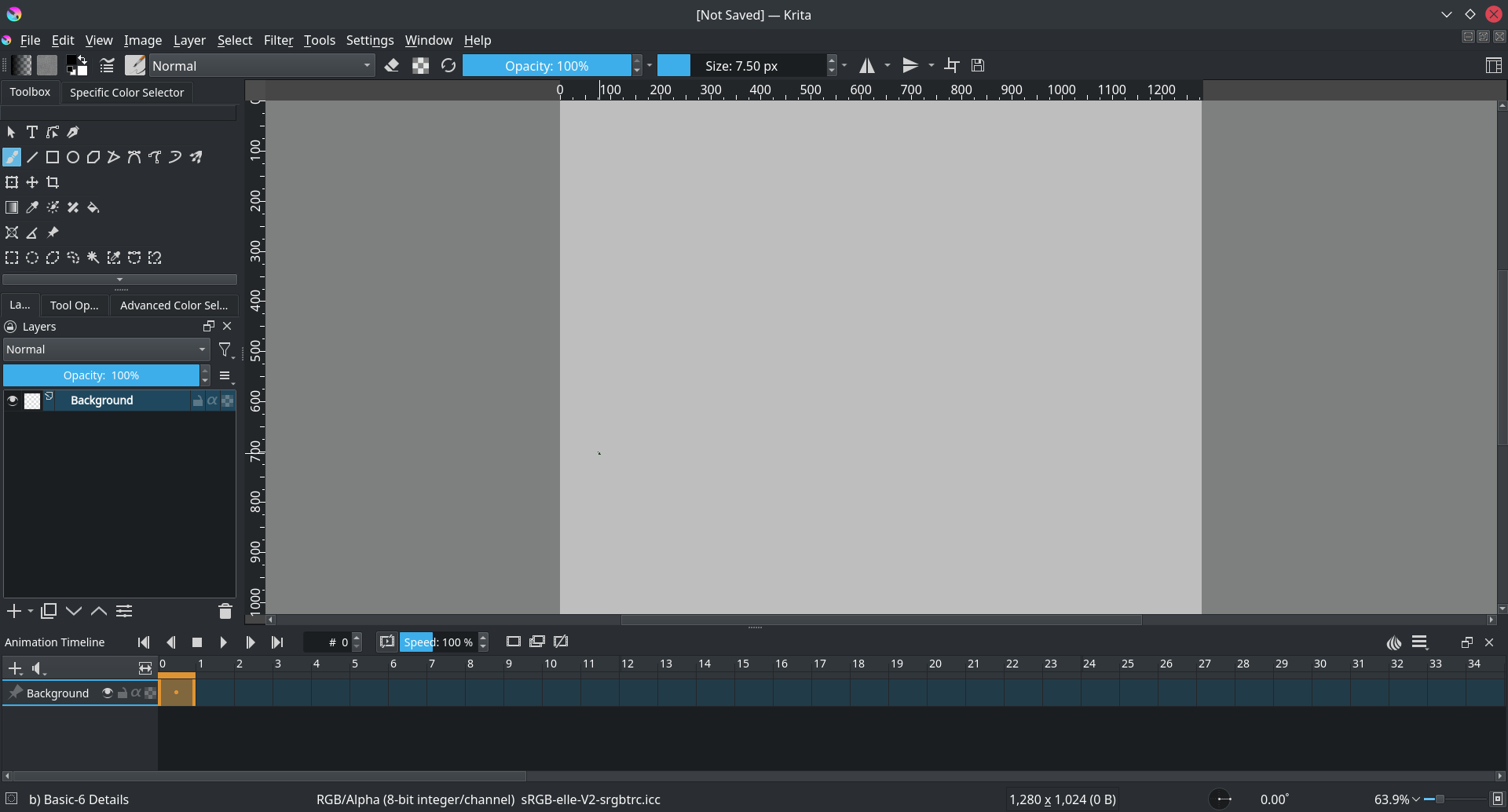
The animation workspace adds the Animation Timeline Docker at the bottom.¶
애니메이팅¶
Make sure there’s two transparent layers setup in the layer docker. You can add a new layer by pressing the + or by pressing ins. Let’s name the bottom one ‘environment’ and the top walkcycle by double-clicking their names in the layer docker.
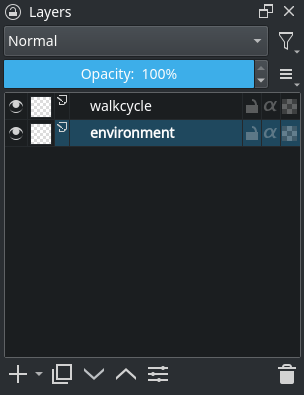
Use the Straight Line Tool to draw a single horizontal line. This is the ground.

Then, select the walkcycle layer and draw a head and torso (you can use any brush for this).
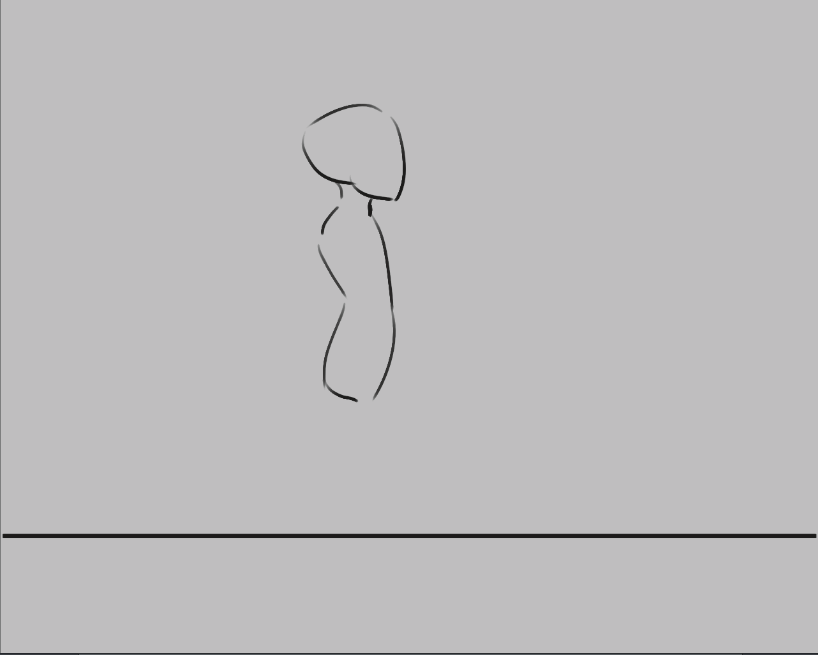
Now, selecting a new frame will not make a new frame automatically. Krita doesn’t actually see the walkcycle layer as an animated layer at all!
We can make it an animated layer by adding a frame to the timeline. A frame in the timeline to get a context menu. Select Create Duplicate Frame ().
주의
빈 프레임 만들기를 선택하면 레이어의 모든 내용을 삭제하고 새 빈 프레임이 나타납니다. 하지만 지금은 이미지를 보존해야 하기 때문에 복제 프레임 만들기를 선택해야 합니다.
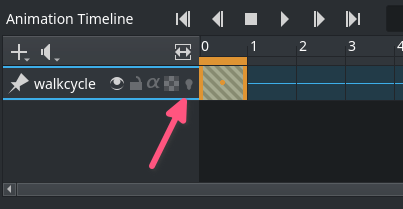
You can see it has become an animated layer because of the onion skin icon () showing up in the timeline docker.
Use the Create Duplicate Frame button to copy the first frame onto the second. Then, use the 이동 도구 (switch to it using the T shortcut) with the Shift + ↑ shortcut to move the frame contents up.
We can see the difference by turning on the onion skinning (press the , so it becomes
):


이전 프레임이 빨간색으로 표시됩니다.
경고
Krita는 흰색을 투명도가 아니라 색상으로 인식하기 때문에 작업 중인 애니메이션 레이어에 그림이 없는 부분의 색상값은 투명해야 합니다. 색상을 알파로 필터를 사용해 이런 상황을 수정할 수는 있지만 이런 상황 자체를 만들지 않는 게 가장 좋습니다.

이후 프레임들은 녹색으로 표시되며 어니언 스킨 도커에서 이 두 색상을 설정할 수 있습니다.
Now, we’re going to draw the two extremes of the walk cycle. These are the pose where both legs are as far apart as possible, and the pose where one leg is full stretched and the other pulled in, ready to take the next step.
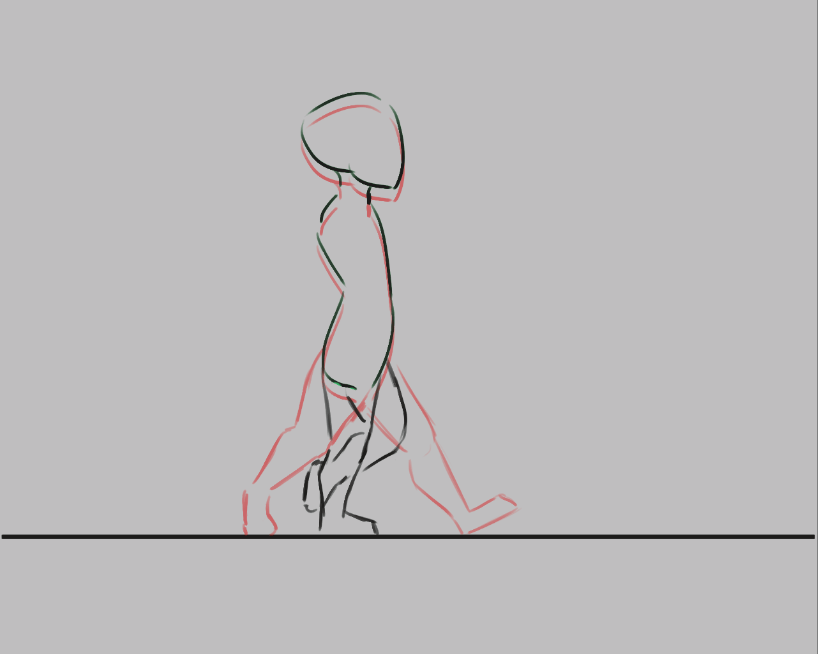
The above image shows our two extremes: legs far apart, and one leg straight while the other is bent, as it’s taking a step. This also shows the power of onion skins, as we can see both extremes at once. Notice also how the legs have been made semi-transparent. This isn’t necessary with a stick figure, but useful in this case when we start copying.¶
Let’s copy these two. You can do this by doing  on the frame, and then selecting Copy Keyframes. Then select the new position in the time line,
on the frame, and then selecting Copy Keyframes. Then select the new position in the time line,  again, and Paste Keyframes.
again, and Paste Keyframes.
자, 그러면…
프레임 0을 프레임 2에 복사합니다.
프레임 1을 프레임 3에 복사합니다.
Erase the semi transparent lines to make it obvious which leg is in front of the other. In 0 and 1, we have the closer leg to the right, then bend, and in 2 and 3, we have the further leg to the right and then bend.
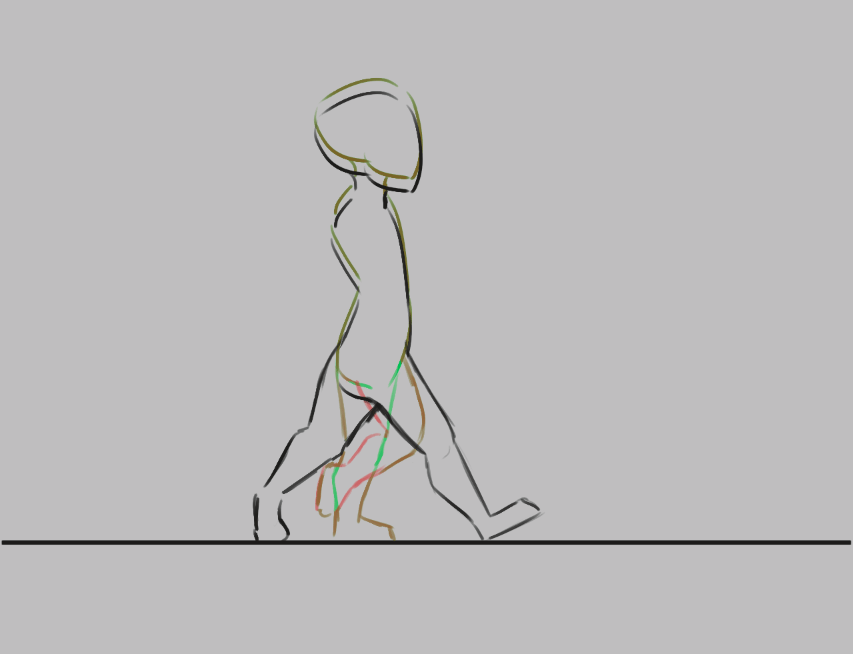
In the animation settings, set the frame-rate to 4
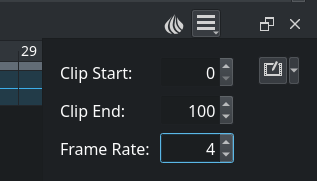
드래그하여 타임라인 도커의 모든 프레임을 선택합니다.

Press play in the header.
첫 애니메이션을 즐기세요!
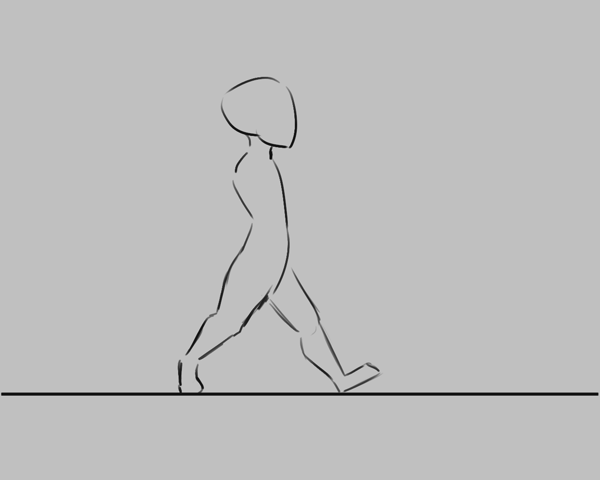
Expanding upon your rough walk cycle¶

You can quickly make some space by the Alt + drag shortcut on any frame. This’ll move that frame and all others after it
in one go. More efficient for us, however, is to select all frames,  them, and then select , which will insert an empty space or Hold Frame in between each Keyframe.
them, and then select , which will insert an empty space or Hold Frame in between each Keyframe.
Make new frames in between each keyframe, and try to interpolate, or inbetween each frame you add.
참고
A lot has been written about how to inbetween properly, and it’s one of the areas where animators express their own style the clearest. As such, we won’t cover inbetweening itself here. We recommend you do a search for inbetweening tutorials on the internet. We also recommend animation analyses to get an idea of how intricate this subject is.
For this particular example, I prefer to start by finding the position of the heel in a frame, then draw the rest of the foot, then the knees, and then the rest of the legs.
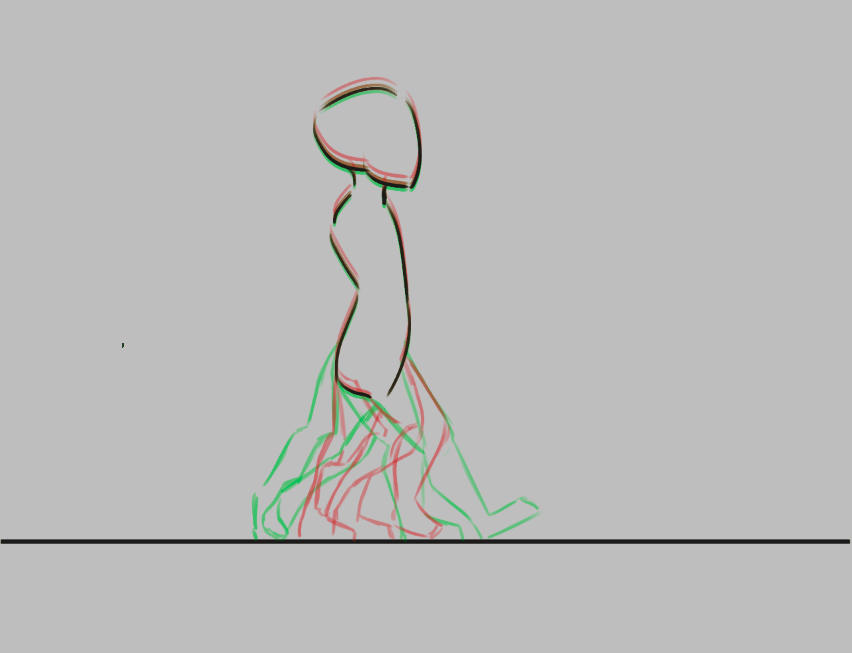

You’ll find that the more frames you add, the more difficult it becomes to keep track of the animation. There are two things you can do here. The first is to color label frames, you can do  on the keyframes, and select any of the colors on the bottom.
on the keyframes, and select any of the colors on the bottom.

In this example, the extremes are blue, the first inbetweens green and the less important inbetweens in yellow and orange.¶
Another thing you can do is to adjust the onion skins.
You can modify the onion skin by using the Onion Skin Docker, where you can change how many frames are visible at once, by toggling them on the top row. The bottom row is for controlling transparency, while below there you can modify the colors and intensity of the coloring.
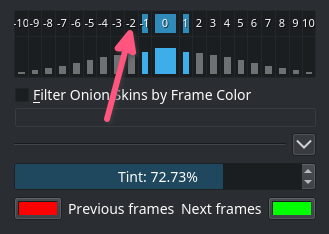

Here we’ve turned off all onion skinned frames except the next and previous ones.¶
여러 레이어로 애니메이션 만들기¶
Okay, our walk cycle is missing some hands, let’s add them on a separate layer. So we make a new layer, and name it hands and…

Our walk cycle is gone from the timeline docker! This is a feature actually. A full animation can have so many little parts that an animator might want to remove the layers they’re not working on from the timeline docker.
Added in version 4.3.0: Krita 4.3.0 이상 버전에서는 기본값으로 모든 레이어를 타임라인에 고정합니다.
To show a layer whether it’s active or not, you can “pin” it to the
timeline by clicking the icon while having the layer you want pinned selected in the layer docker. We recommend pinning any layers that you’re currently animating on.

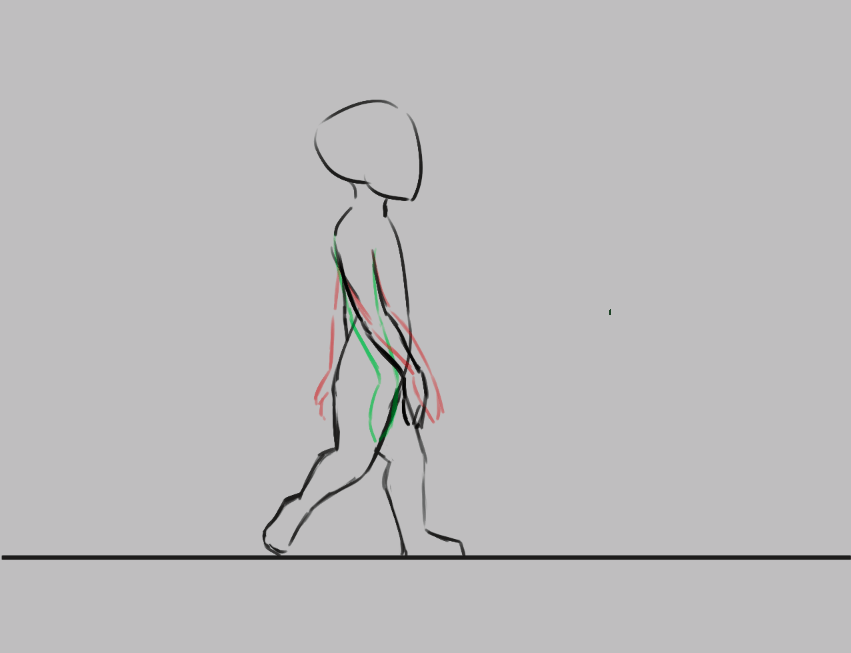
내보내기¶
When you are done, select . To render to a video file, you’ll need a program called FFmpeg. To learn more, please read 애니메이션 렌더.
Enjoy your walk cycle!
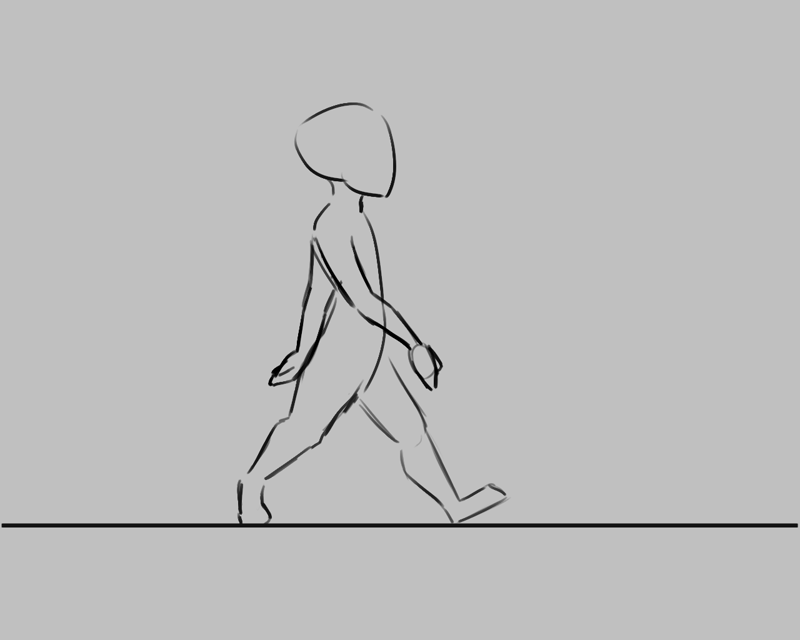
Animating with transform masks¶
Added in version 5.0.
If you want to move your walk cycle, you may use Transform Masks to move the frames from left to right without editing the pixels themselves.
First, open up the Animation Curves Docker if it has not been opened yet, under .
Then, group the layers that you want to transform, in our example, these are the hands and the walkcycle layers.  the group, .
the group, .
Then, go into the animation docker, select the first frame, and select Adds keyframe to control scalar property (). In the Timeline Docker, Scalar Frames will be marked with a diamond.
Now select the 변형 도구, press the screen and move the group to the start point. Press Enter to confirm. Select the last frame in the docker, and then press the screen again, now move everything to the end point. Press Zoom view to fit channel range to view the whole frame.
Now, when you press play, you will see the layer contents move. However, it is probably moving too fast. There are two things to reduce that problem: The first is to copy and paste the walk cycle frames, so it repeats 3-4 times, then move the scalar frame to the last frame.

This still doesn’t sync the walk cycle directly to the speed it’s moving at. The best method, if a little laborious, is to go to the first frame where one of the feet touches the ground, and then mark that section (for example, using guides), then, in subsequent frames, use the Transform Tool on each frame to move it so that the foot stays in the same place as long as it’s touching the ground. Do the same for the next bit where a foot touches the ground, and the next, and so on.
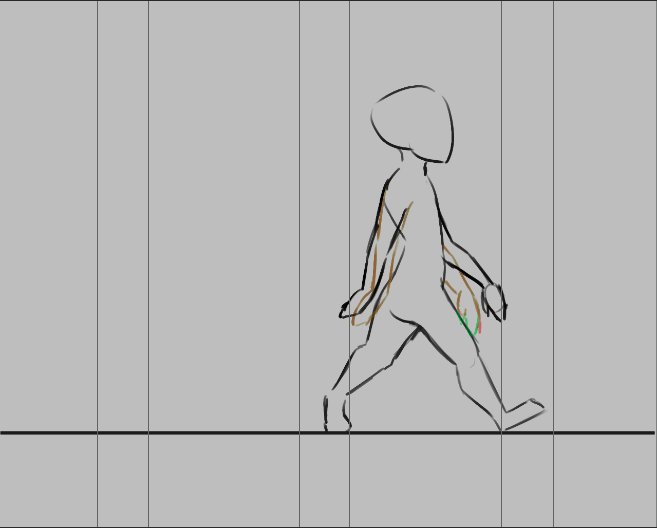
Each place where a foot touches the ground is marked using vertical guides, which allows us to adjust each frame, so the foot stays in place.¶


The animation curve docker after adjusting each frame to be in the right spot. Krita can do curve interpolation (so you can create an ease-in and ease-out type curves), but for a situation like this, per-frame adjustment is quicker.¶
After having done all that, you will end up with a smoothly moving walk cycle:
